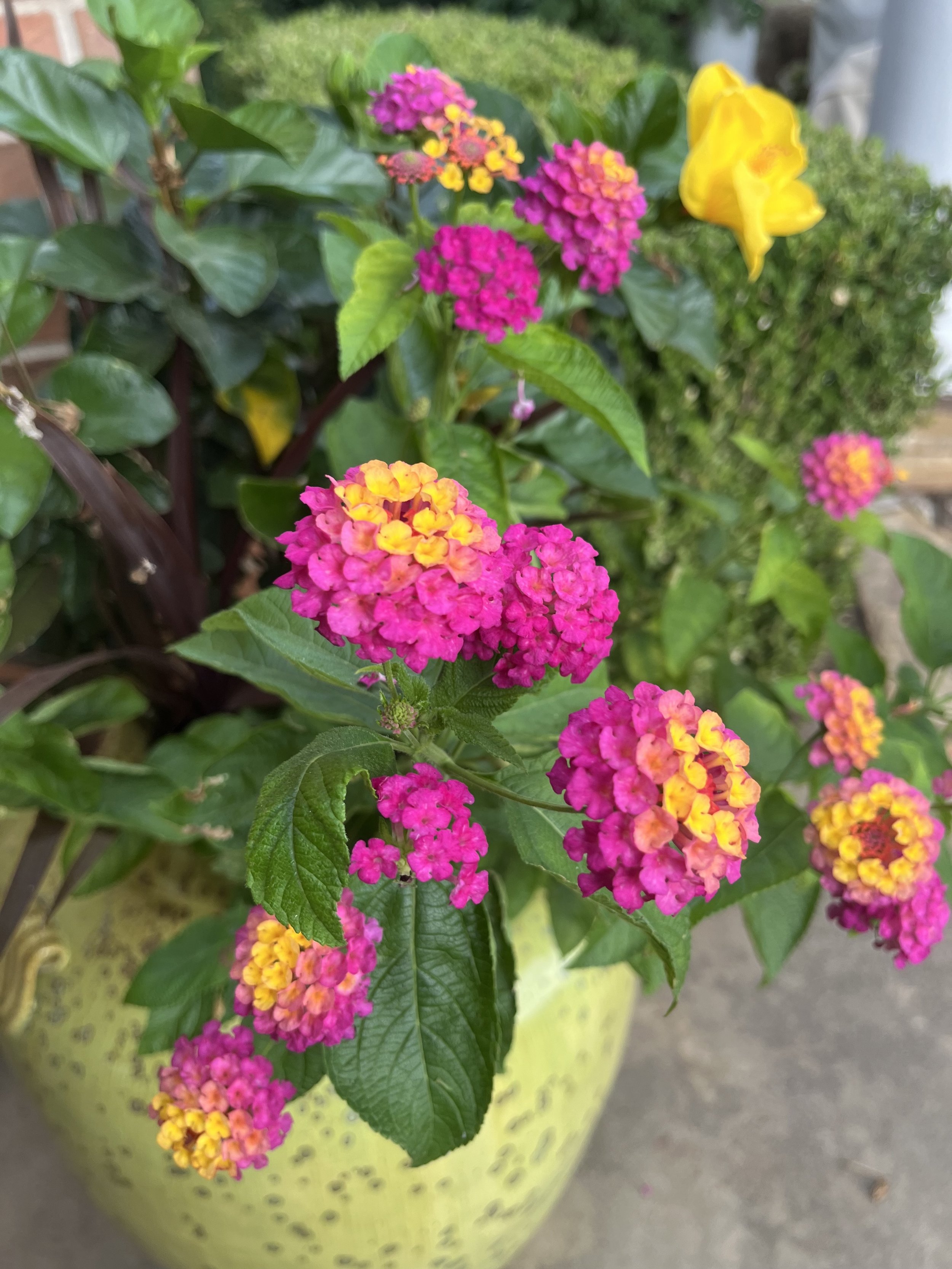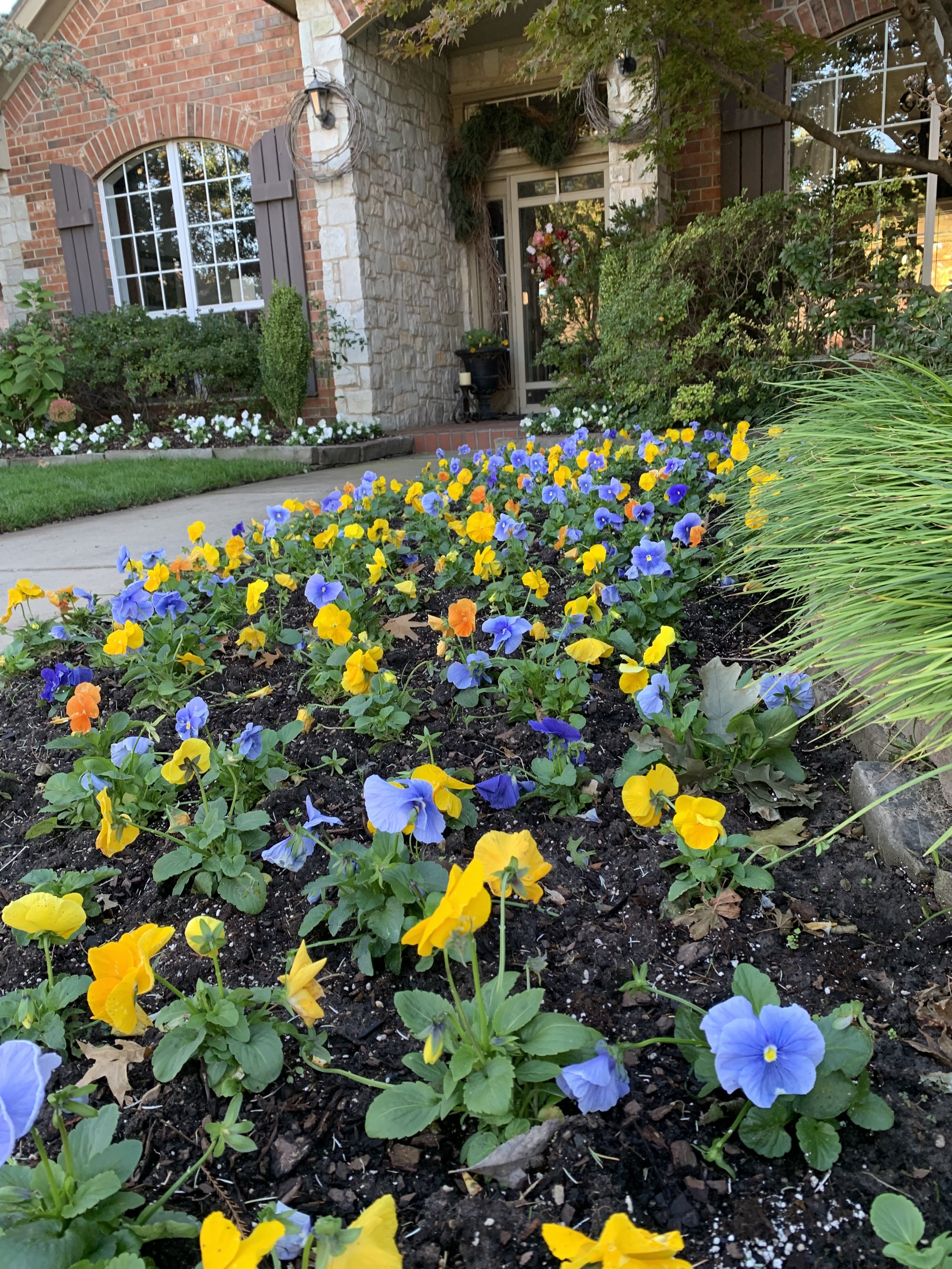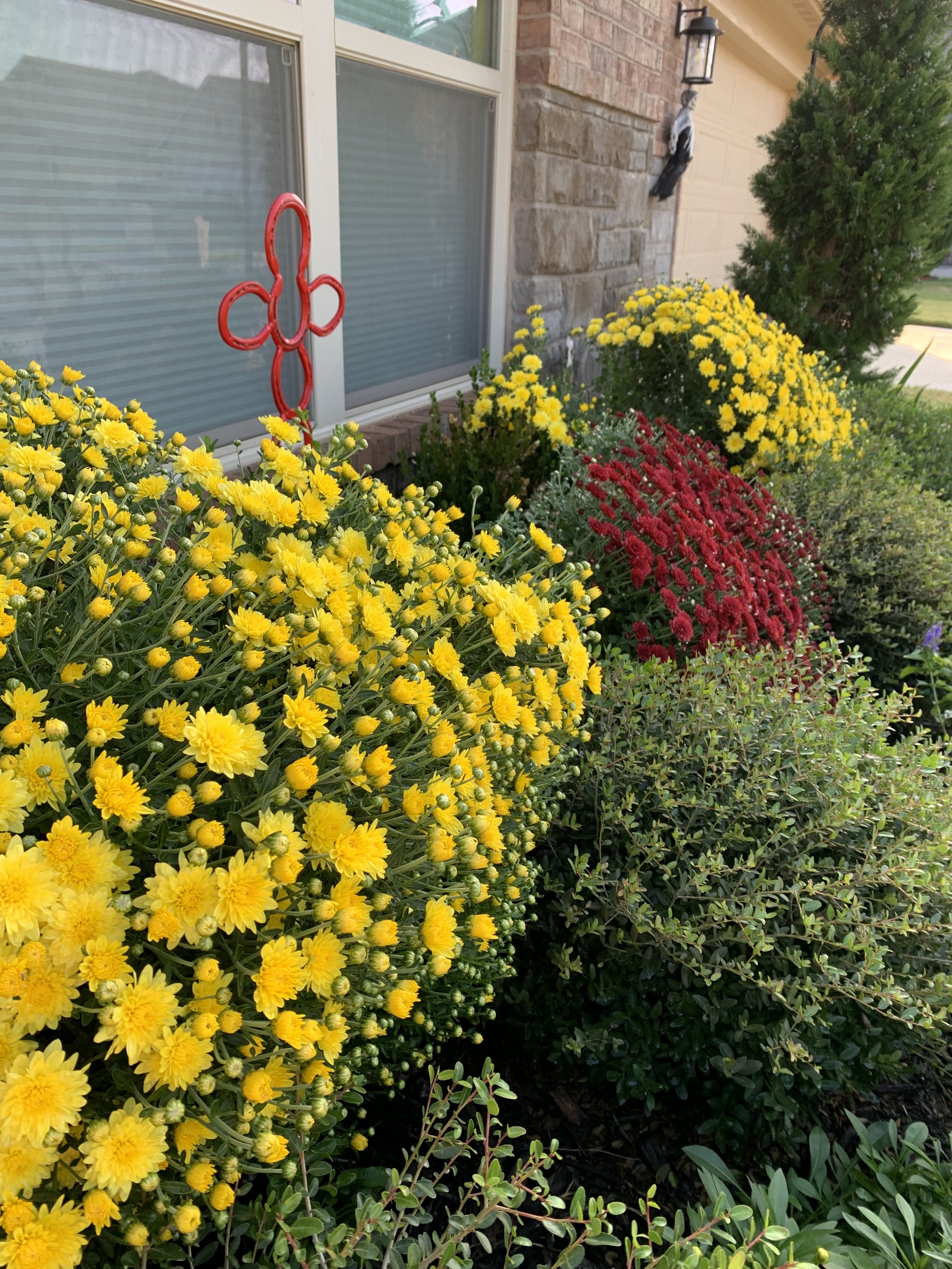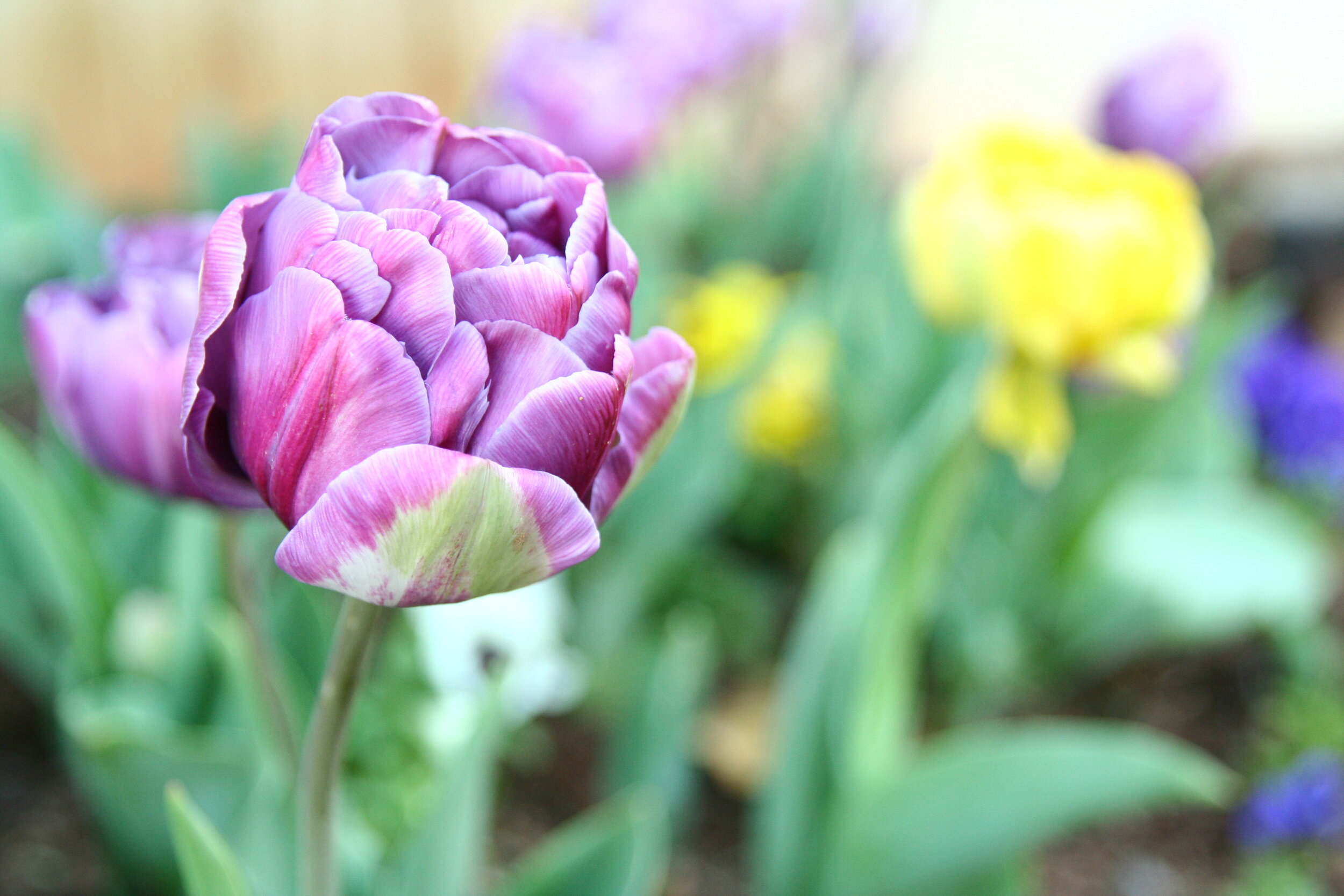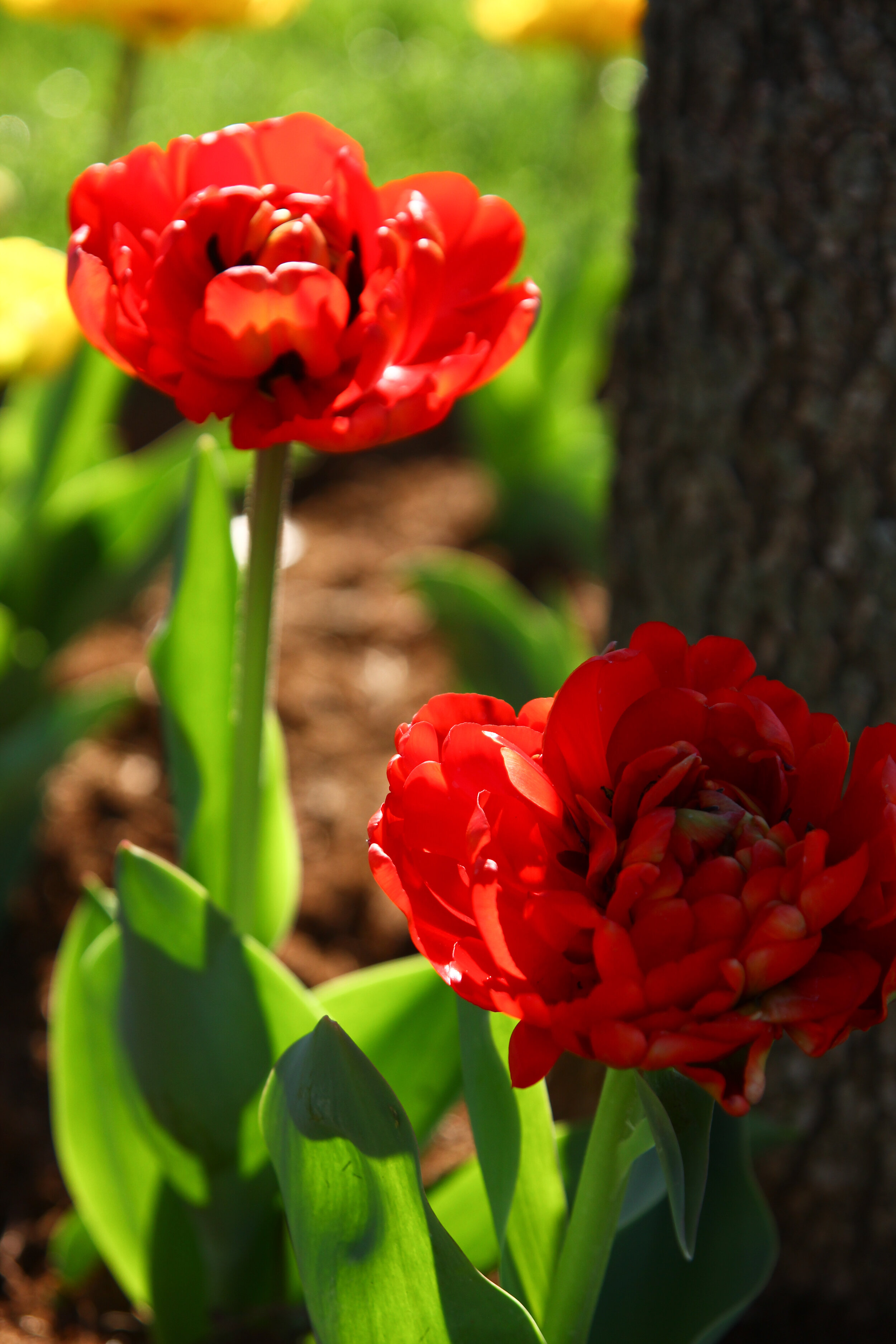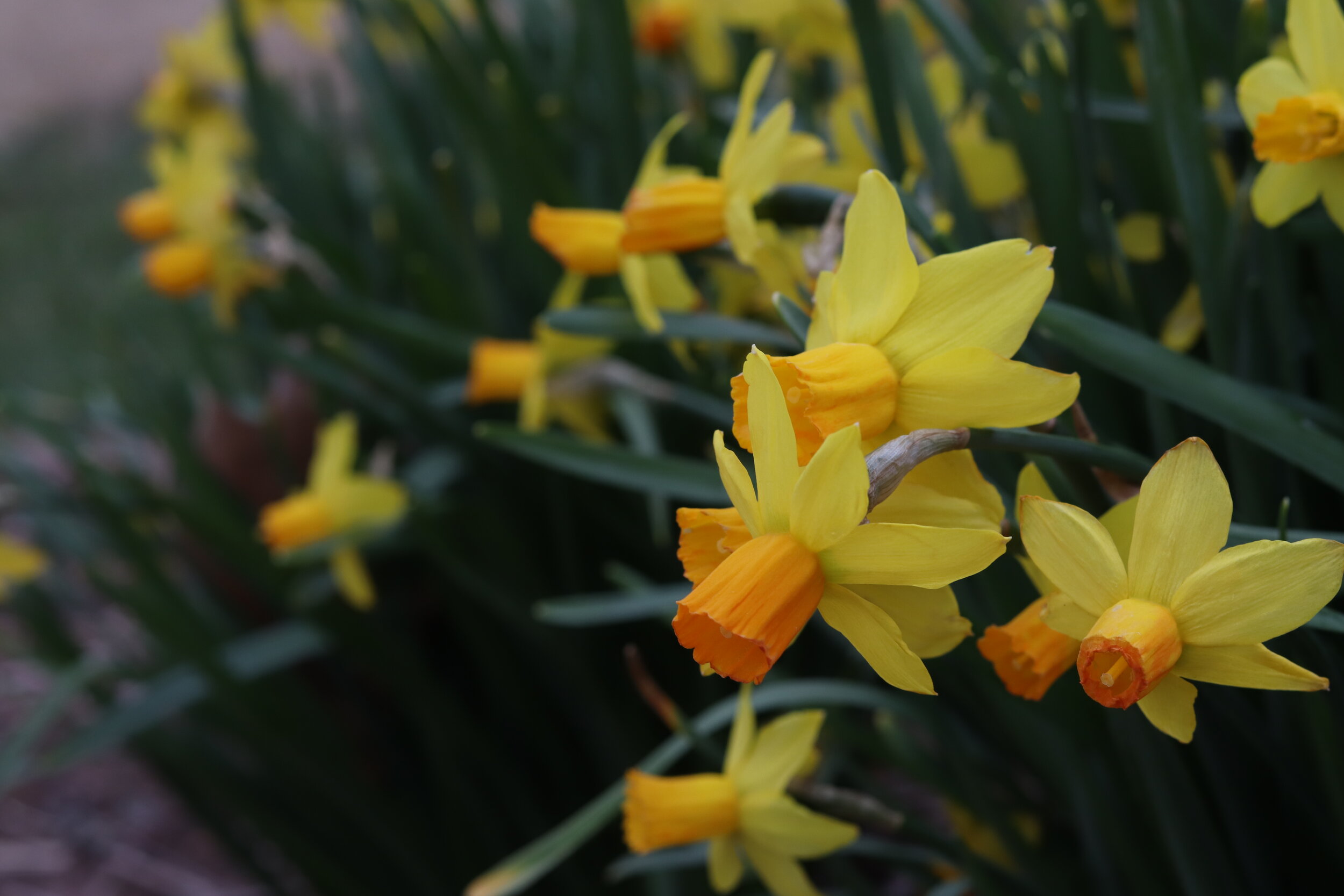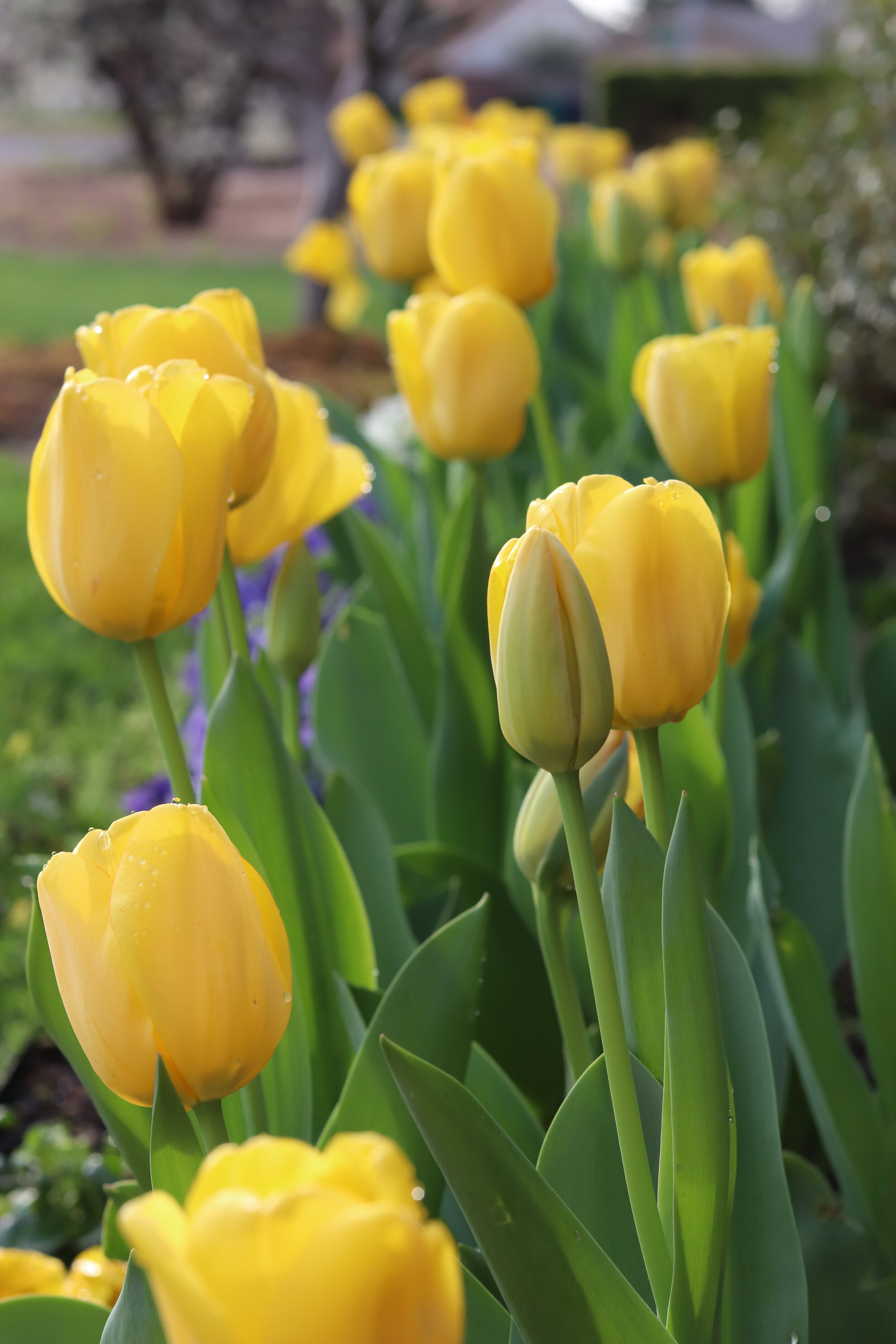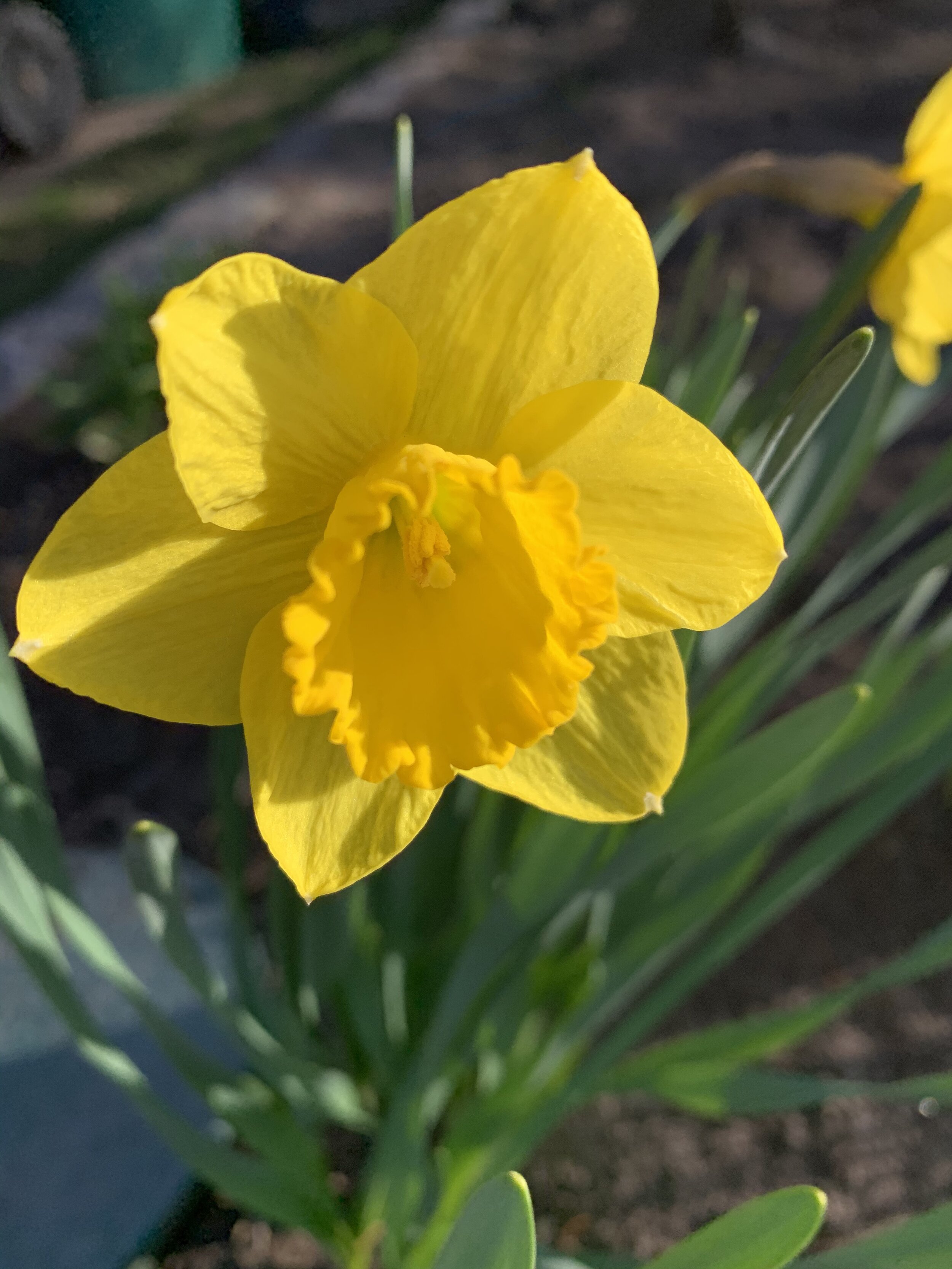Coming soon to a landscape near you -- Fall Seasonal Color!
The first week of September had everyone in the mood for fall. But, in true Oklahoma fashion, the last two weeks reminded us summer isn’t quite over.
Following the rain the last week of August and cooler temperatures the first week of September there is a good chance your summer seasonal color looks better right now than it has all summer.
Sadly, the summer annual seasonal color show only has a few weeks left.
As days in the 80’s are replaced by days in the 70’s the change in the landscape will be most noticeable in your summer annual color.
Next up for your landscape…. Fall Seasonal Color!
One thing before we start dreaming about fall seasonal color, I need you to do me a favor…
Grab a note pad and your smart phone, head outside, and take pictures and jot down notes of your summer seasonal color.
Right now, is the perfect time to update your Seasonal Color Journal. (You have one, don’t you?)
Seasonal Color Defined:
The planting of annual (plants that only last one season) flowers in the landscape to add a seasonal accent of color. Annual color can have more impact in the landscape than any other design element. Seasonal color plantings can be large and bold, or they can be small plantings near the front door or planted on the edge of the patio to catch your attention, or they can be as simple as a few colorful landscape pots welcoming guests to your home. The key is to only plant as much color as you can adequately care for. Seasonal color, large or small, is a statement piece in your landscape.
A few pictures from our Summer Color Journal:
Coleus did a great job of adding color and texture to the summer landscape.
Sunpatiens have performed well in the last half of the summer. This year many Sunpatiens plantings were slow to get going, but the ones that survived look wonderful now.
Periwinkle is an old time summer seasonal color that is making a resurgence with new varieties. Periwinkle very well may be the star of this summer’s seasonal color. It is hard to beat its performance in a hot and dry summer.
A good sunny color combination this summer has been Coleus, Periwinkle and Lantana.
Lantana is always a great performer in hot, sunny locations from late June through September.
Penta and Joseph Coat have both performed well in the summer heat this year.
Always a summer favorite for shade is Caladiums and Inpatients.
The Impatiens did so well this summer that they overpowered the Caladiums.
In previous summers the combo of Impatiens and Caladiums in front of the Azaleas created a great three layers of color.
With plenty moisture in the early summer and again in late August our planting of Lantana, Penta, Sunpatiens, Joseph Coat, and Coleus added colorful interest to our landscape all summer.
Tropical Hibiscus have been one of our favorites this summer for container plantings.
Landscape containers filled with Lantana, Angelonia, and Coleus in full sun, hot areas, are still putting on a color show in late September this year.
In our full sun areas of the backyard the Lantana looks great now but was slow to put on a color show this year. Most likely the cooler June slowed the blast of color for heat loving Lantana.
Caladiums and Impatiens added bright color all summer in the shady areas of our landscape.
Fall seasonal color options:
A key to pansies surviving the winter is moisture. A good deep soaking once per week in the winter will help them overwinter.
Pansies
How ironic! The cool season annual that is the toughest…the best at surviving the cold of winter is called a Pansy! Planting pansies this fall will add vibrant yellows, blues, purples, oranges, whites, and reds to your landscape for 7-8 months. The key to pansies surviving the winter is keeping the plants from being bone dry when cold fronts arrive. Pansies love fertile, well-drained soil. For the best results add compost to the soil when planting. For the best show, plant on 6” centers. Pansies are available with a clear face or with a blotch. I love both but enjoy the added color contrast you get with the blotch.
Use seasonal color as a welcoming statement for your guests.
Mums
They are actually a perennial but can double as an annual for dramatic color during October and November. They are traditionally used in pots and overlooked as a bedding plant. Use mums in the landscape for bold, eye-catching color. An added bonus – after the blooms fade, transfer the plants to a place where they will accent the landscape as a perennial in the coming springs and falls.
Kale riding out an ice storm.
When you use mums as perennials they add a splash of color to your fall landscape.
Kale and Ornamental Cabbage
A leafy annual that adds texture along with hues of purples, pinks, and whites to the fall landscape. Most winters kale and cabbage will add interest to the landscape through the holidays and occasionally into the spring. Just like pansies, the most damaging thing you can do is allow the soil to be dry when cold spells sweep in.
Pansies, kale and mums make a great combination for your fall landscape containers.
Bulbs: Tulips, Daffodils and Hyacinths
Not fall color, but they must be planted in the fall for color next spring. We will spend more time talking about spring flower bulbs later, but now is the time to start making your plans. Bulbs put on their best show in the spring when they are planted with several bulbs together in a group.
Spring flowering bulbs aren’t fall color, but you have to plan for them now and plant them in them in November for a spring show.
It’s still too early to plant spring-blooming tulip bulbs, but it isn’t too early to start planning your color scheme and where you are going to plant bulbs.
Tip - For the best color show, limit mums and/or kale to 20% or less of your planting. Because of the short bloom time of mums and the chance kale will not last till spring, you will limit your spring color show if you have too much of them. Or, plant your spring bulbs in the same area as your mums and kale. The bulbs will fill the void with a burst of color next spring.
Your lawn and landscape assignment for this week…
Document your summer seasonal color.
Plan your October seasonal color change.
Remember…Great landscapes should include plants that add color and interest in every season!
You really don’t want to be without color for the next 7-8 months, do you?
Lorne Hall
Hall|Stewart Lawn + Landscape
(405)367-3873
A blanket of pansies with kale. In this landscape tulip bulbs are planted in November every year in the area of the kale to add more color next spring.
Bad news - you only have a couple more weeks to enjoy your summer annual color. Start planning now to replant seasonal color areas in October with cool weather loving pansies, mums, and kale.




